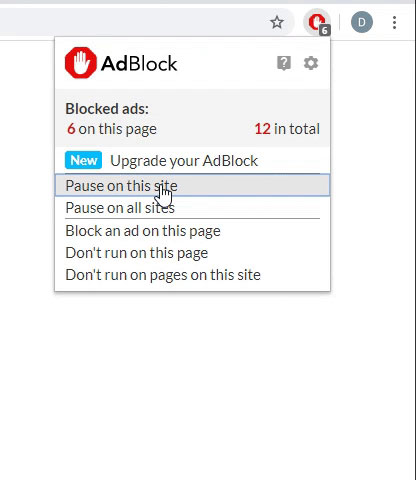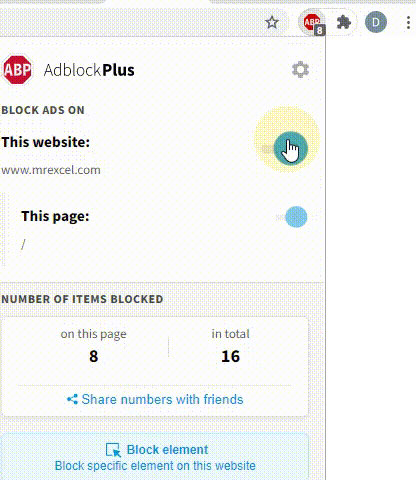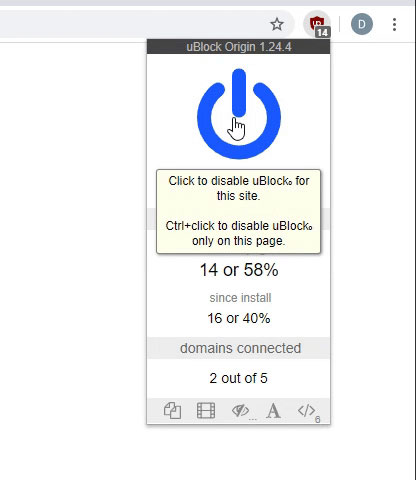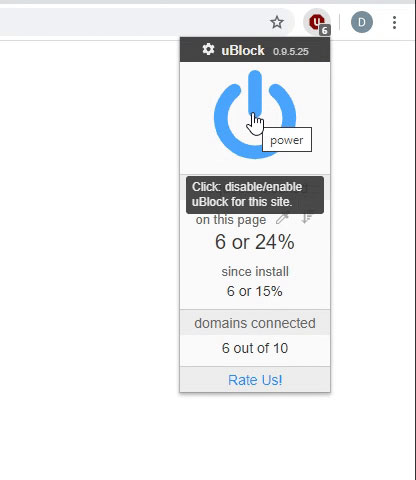Bert,
Try the following macro.
It does not matter if the columns are not contiguous (the macro will find the data), or the columns are different lenghts, or if there are blank rows in the columns. The macro adds a new worksheet with all data in column A. If combining the data from all columns exceeds 65,536 rows (Excel’s limit) you will get an error message.
Put the macro into a normal module.
Rich (BB code):
Sub OneColumn()
' Jason Morin as amended by Doug Glancy
' http://makeashorterlink.com/?M19F26516
''''''''''''''''''''''''''''''''''''''''''
'Macro to copy columns of variable length
'into 1 continuous column in a new sheet
''''''''''''''''''''''''''''''''''''''''''
Dim from_lastcol As Long
Dim from_lastrow As Long
Dim to_lastrow As Long
Dim from_colndx As Long
Dim ws_from As Worksheet, ws_to As Worksheet
Application.ScreenUpdating = False
Application.Calculation = xlCalculationManual
Set ws_from = ActiveWorkbook.ActiveSheet
from_lastcol = ws_from.Cells(1, Columns.Count).End(xlToLeft).Column
'Turn error checking off so if no "AllData" trying to delete doesn't generate Error
On Error Resume Next
'so not prompted to confirm delete
Application.DisplayAlerts = False
'Delete if already exists so don't get error
ActiveWorkbook.Worksheets("AllData").Delete
Application.DisplayAlerts = True
'turn error checking back on
On Error GoTo 0
'since you refer to "AllData" throughout
Set ws_to = Worksheets.Add
ws_to.Name = "AllData"
For from_colndx = 1 To from_lastcol
from_lastrow = ws_from.Cells(Rows.Count, from_colndx).End(xlUp).Row
'If you're going to exceed 65536 rows
If from_lastrow + ws_to.Cells(Rows.Count, 1).End(xlUp).Row <= 65536 Then
to_lastrow = ws_to.Cells(Rows.Count, 1).End(xlUp).Row
Else
MsgBox "This time you've gone to far"
Exit Sub
End If
ws_from.Range(ws_from.Cells(1, from_colndx), ws_from.Cells(from_lastrow, _
from_colndx)).Copy ws_to.Cells(to_lastrow + 1, 1)
Next
' this deletes any blank rows
ws_to.Columns(1).SpecialCells(xlCellTypeBlanks).EntireRow.Delete
Application.ScreenUpdating = True
Application.Calculation = xlCalculationAutomatic
End Sub
See this line:
ws_from.Range(ws_from.Cells(1, from_colndx), ws_from.Cells(from_lastrow, _
The macro assumes that your data starts in row 1. If you want the macro to start in say row 3, then, in the above line, change Cells(1, from_colndx) to Cells(3, from_colndx).
HTH
Mike





